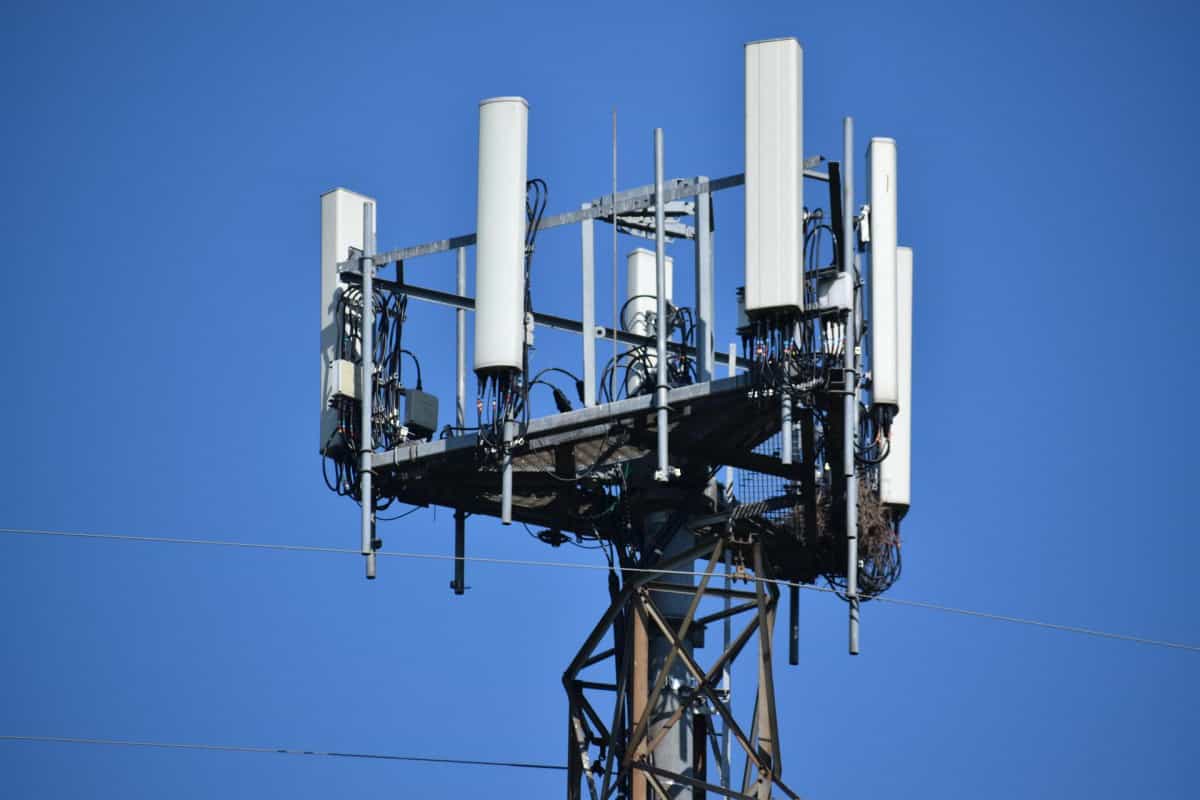The days of 3G are numbered
There’s a lot of change happening in mobile, not just because 5G coverage is improving but because networks are getting rid of 3G.
Among other parts of the world, this is true in the UK, along with the US and Australia, and it’s a move that’s likely to be beneficial in the long run. However, if you’re still reliant on 3G coverage, you may be concerned.
We’ll explain why this is happening, how it might affect you, and when the 3G networks are shutting down.
How long until 3G shutdown?
Most mobile networks haven’t confirmed when they’ll stop using 3G, but some have.
Every mobile network in the UK is planning to turn off 3G by the end of 2023. They’ve all agreed to do it by 2033 at the latest. We expect they’ll get there sooner even if they don’t meet the 2023 target.
In the US, Verizon’s original plan was to stop supporting 3G in 2019. Additionally, AT&T’s on February 20, 2022, Sprint’s on March 31, and T-Mobile’s on July 1. In line with this, Verizon has slated to end 3G services in December. We are expecting further updates shortly.
Australia’s Telstra plans to shut down its 3G network in 2024. Other operators have yet to confirm dates, we would expect them all to do so within the next few years.
Is this a deliberate act by networks?
In order to transmit mobile signals, mobile networks can only access a limited amount of spectrum. If there is more spectrum available for a given connectivity type, more coverage, reliability, and speed can be provided.
By turning off 3G, networks can re-use that spectrum for 5G and 4G.
4G and particularly 5G are more modern, speedy services. This is desirable, and it should improve the overall customer experience.
By retiring 3G services, networks will also be able to retire dated, power-hungry equipment from the 3G era, thereby reducing costs. It could also pave the way for 6G.
How will this impact 3G coverage and devices?
The end of 3G services makes sense for carriers. But, it could be problematic for anyone still using a 3G signal.
In the case where your device only supports 3G, such as if you have an old or basic phone, you will have to buy a new one to stay connected. Fortunately, 4G and even 5G phones are very affordable, and our teams can help advise the appropriate phone for you.
As a result, some old Kindles may also lose internet access, so this change could negatively affect quite a few devices, although mostly older devices. There will be a lot of cars affected too, since a lot of those made between 2010 and 2021 use 3G for their smarter services, such as traffic and location data on navigation systems.
Fortunately, some of these cars will qualify for a software upgrade to fix this problem, and in some cases these are wirelessly available.
Alternatively, you could use your smartphone’s GPS mapping services or purchase a dedicated sat-nav if your car is affected. While this fills in some of the software gaps left by 3G’s absence, if some cars aren’t updated, they will also lose the ability to use remote unlocking, remote starting, and emergency services at the press of a button.
The time to check if your car will be affected and what you can do if it is is now. For example, if you live in the US, some Honda owners can get a free software update but the update costs $900. With other manufacturers and in other countries, there’s less urgency, but it’s still worth keeping track of.
If you live or work in an area that only receives 3G, then the 3G shutdown becomes even more problematic. You may lose all coverage. Rural areas may be particularly affected.
With 4G and 5G networks expanding, this is becoming more uncommon. Operators will be in a better position to expand 4G and 5G coverage more rapidly. Many coverage gaps will be filled by frequency freed up by the shutoff of 3G.
There shouldn’t be many users affected by a lack of coverage, and those affected won’t be affected for long.









